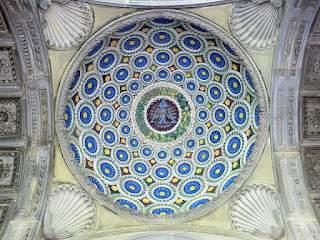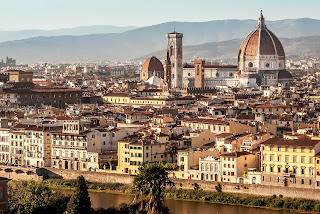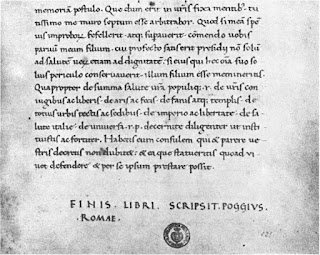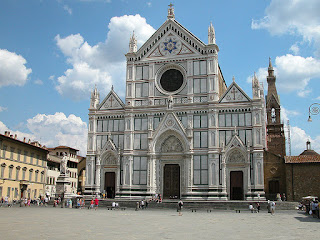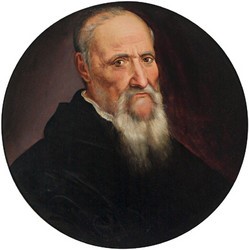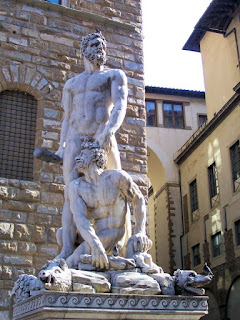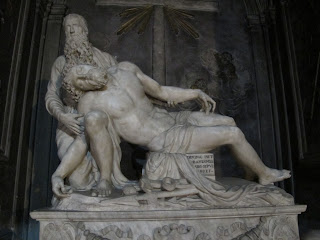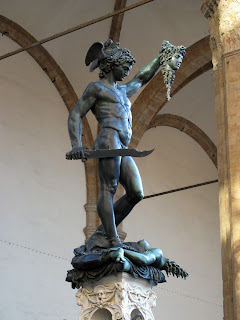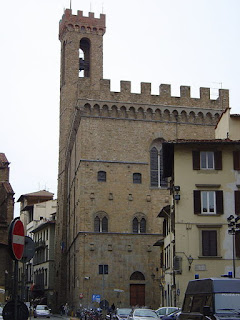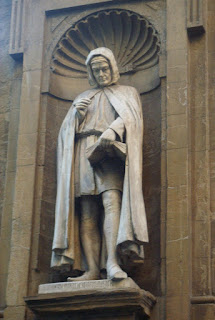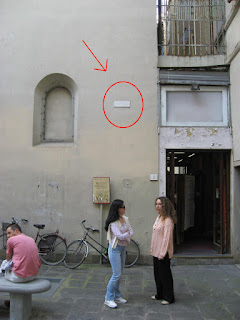Soldier from poor origins became general commander of Venetian armies
One of the most famous condottieri of the Renaissance, Erasmo da Narni, who had a distinguished career as a military leader, died on this day in 1443 in Padua.Erasmo da Narni made a
living as a condottiero
Known as Gattamelata, the honey-eyed cat, Erasmo has been immortalised by Donatello’s bronze equestrian statue of him in Piazza del Santo, one of Padua’s main squares.
Born in Narni in Umbria, Erasmo went from a humble household into a military life, serving in turn the rulers of the Papal States, Rome, Florence, and Venice. Condottieri were professional soldiers who were hired by city states to lead mercenary armies on the battlefield.
With his friend, Brandolino Brandolini, he worked for the Assisi lord, Cecchino Broglia, and later, serving under another condottiero, Braccio da Montone, lord of Perugia, he played his part in the conquests of Todi, Terni, Narni, Rieti, and Spoleto and helped win the Battle of Viterbo against Muzio Attendolo Sforza in 1419.
During the War of L’Aquila, Braccio’s army was defeated and the condottiero himself was killed, so Erasmo led the remaining troops into the service of Florence.
Later, Pope Martin V hired Erasmo to recapture the lands he had lost in the battles against Braccio da Montone.
Erasmo was also hired by the Republic of Venice to fight against Filippo Mario Visconti of Milan. In the conflict, he came up against another condottiero, Niccolò Piccinino, who defeated him in a battle in 1434 in which Erasmo was wounded.
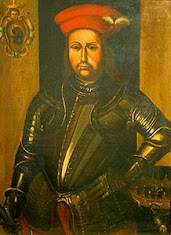 |
| Braccio da Montone, who fought with Erasmo |
The following year, the Venetians lost Legnago, Soave and Verona, which led to criticism of Erasmo, but with the help of Francesco Sforza, he was able to re-enter Verona in 1439.
In 1440, while mustering a flotilla on Lake Garda, Erasmo suffered a cerebral haemorrhage. He never fully recovered from this illness and was unable to lead any further military campaigns.
Erasmo died in 1443 and was buried in the Basilica di Sant’Antonio in Padua. Donatello’s statue of Gattamelata was later placed outside the front entrance of the church as a tribute to him.
Erasmo’s daughter, Polissena Romagnola, married Tiberto Brandolini, the son of his old friend and military comrade, Brandolino, and they had two sons, Sigismondo and Leonello. Sigismondo, Erasmo’s grandson, was later considered good enough to marry into an important family in Piacenza.
Travel tip:
The hill town of Narni is said to be close to the
precise geographical centre of Italy
Narni, where Erasmo was born, is a hill town in the region of Umbria that is close to the exact geographical centre of Italy and there is a stone in the town marking the precise spot. Erasmo’s birthplace is in Via Gattamelata, which has since been named after him, and there is now a plaque on the outside of the house. You can reach the birthplace from Via Garibaldi, or from the end of Vicolo degli Orti. Narni has retained its mediaeval appearance with stone buildings and narrow cobbled streets, but it is also famous for having the Ponte d’Augusto, one of the largest Roman bridges ever built. One arch of the bridge, which is still standing, is 30 metres (98 feet) high. The imaginary land of Narnia, featured in the works of author C S Lewis, is named after Narni, which was a place name he came across in an atlas that he looked at when he was a child.
Travel tip:
Donatello's bronze statue of Erasmo da Narni as
he might have appeared on the battlefield
Donatello’s bronze equestrian statue of Gattamelata is to the left of the Basilica di Sant’Antonio in Padua as you approach the church from the direction of Via del Santo. The statue was completed in 1453 and is believed to be the earliest Renaissance equestrian statue that still survives. It became a precedent for many later sculptures honouring military heroes. The soldier and his horse are both portrayed in life size by Donatello, instead of being larger than life as with previous, classical equestrian statues. Donatello had been commissioned by the family to create a monument in memory of the great Commander of the Armies of the Venetian Republic and the statue is mounted on a pedestal that resembles a sepulchre. Gattamelata appears in the style of a Roman emperor astride his horse. His head is uncovered and the expression on his face shows his wonderful fighting spirit.
Also on this day:
1728: The birth of opera composer Niccolò Piccinni
1749: The birth of playwright and poet Count Vittorio Alfieri
1910: The birth of poet and psychiatrist Mario Tobino
1941: The birth of controversial archbishop Carlo Maria Viganò
1957: The death of conductor Arturo Toscanini
1998: The death of interior and set designer Renzo Mongiardino
.JPG)
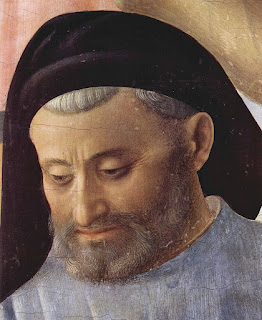



_2.JPG)
